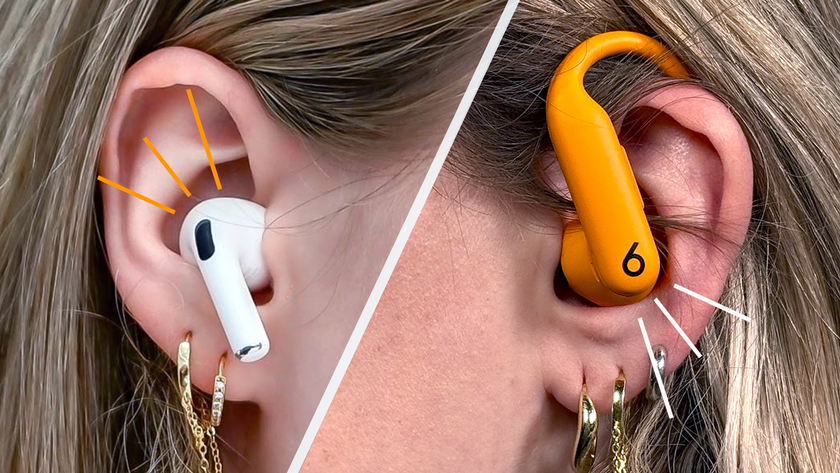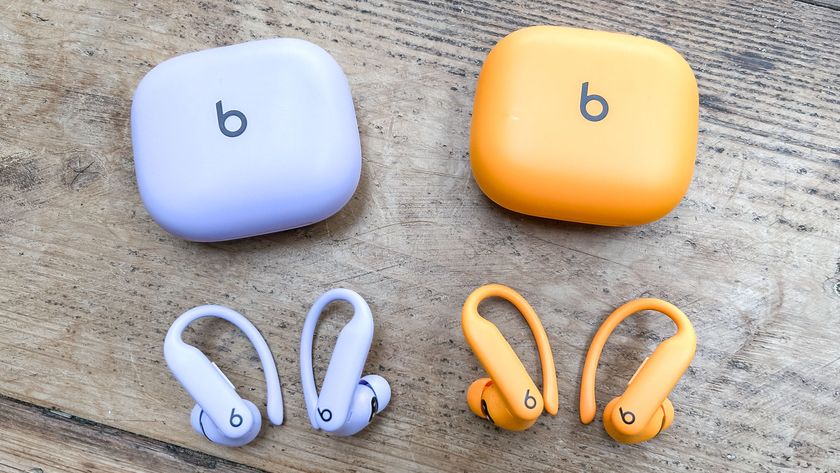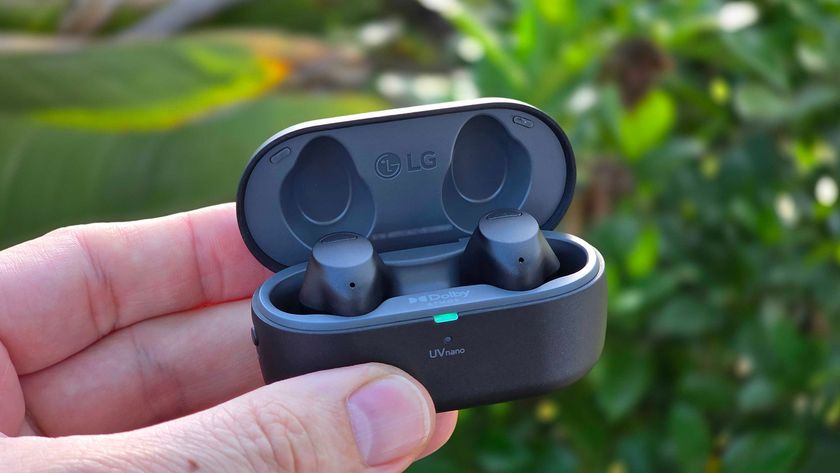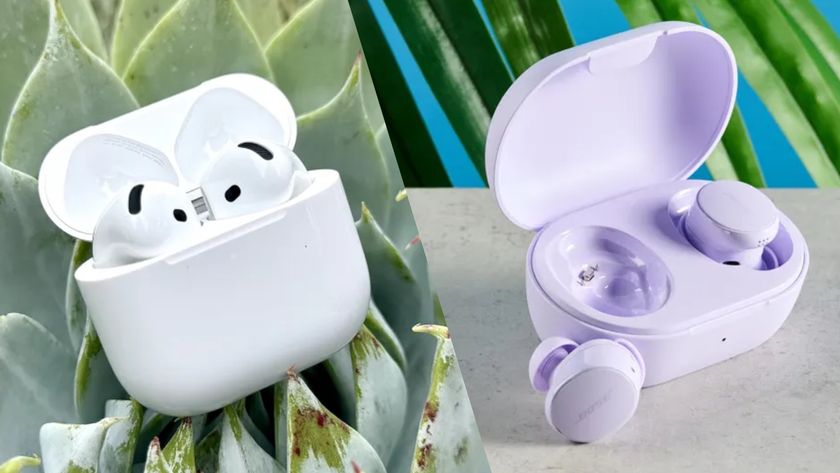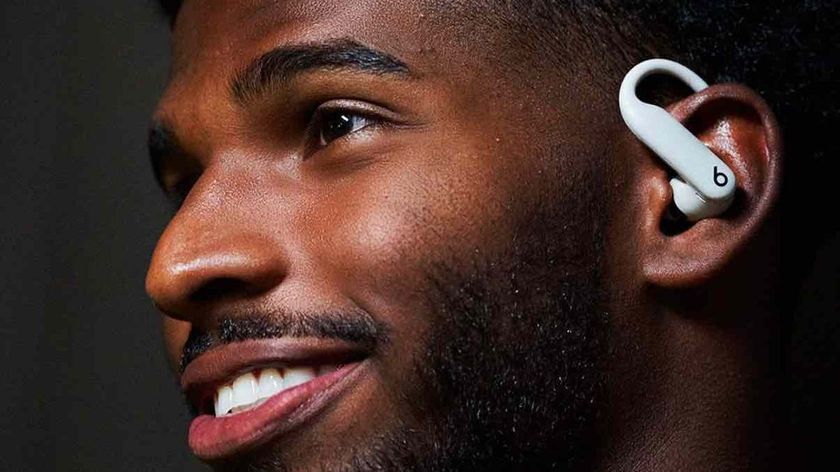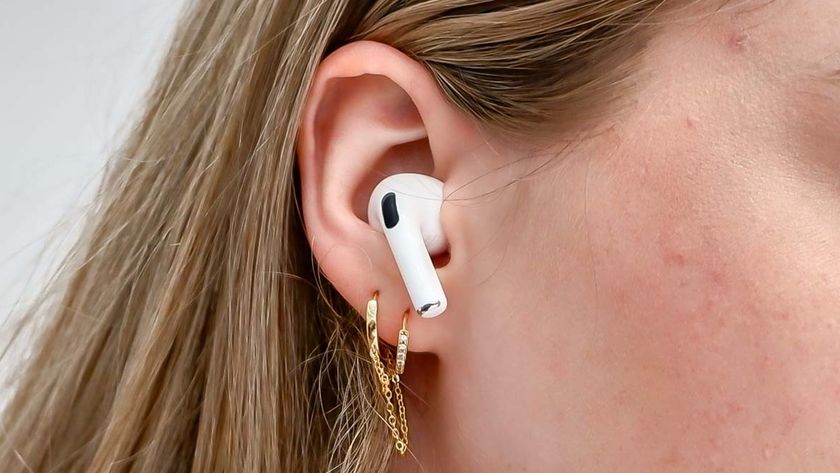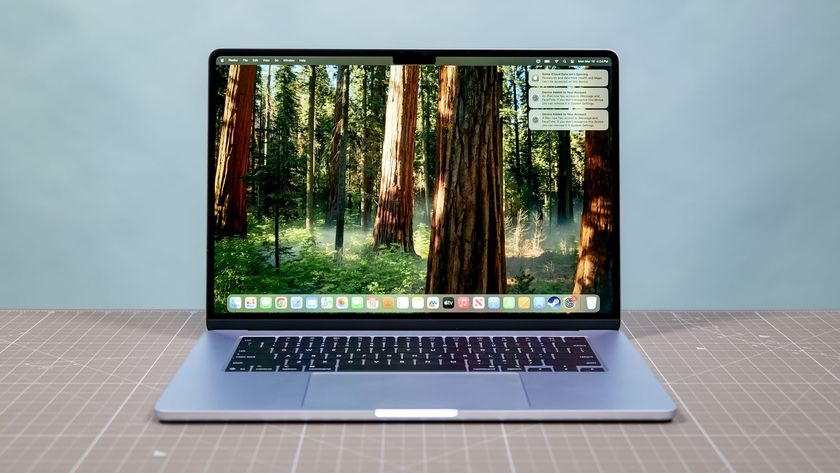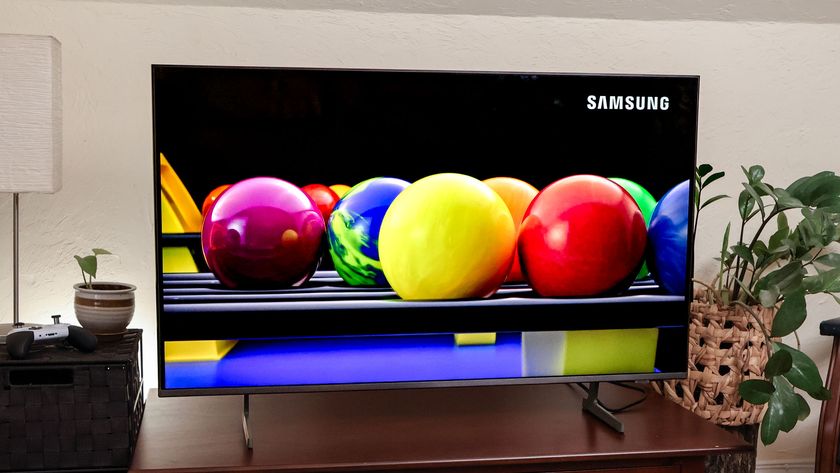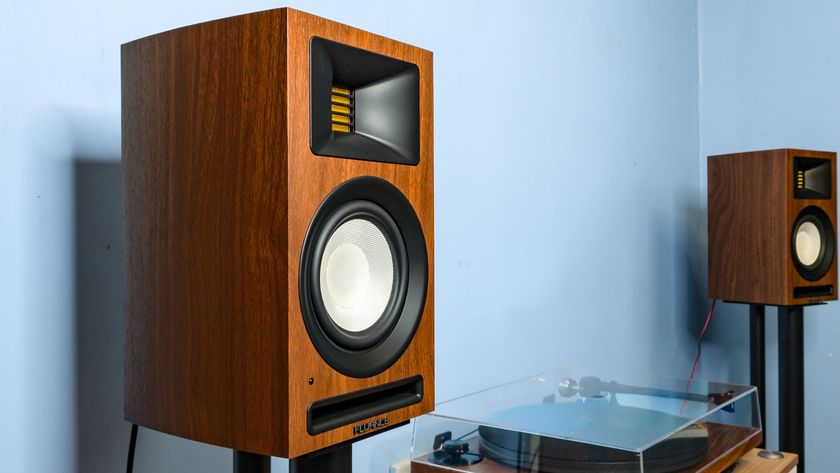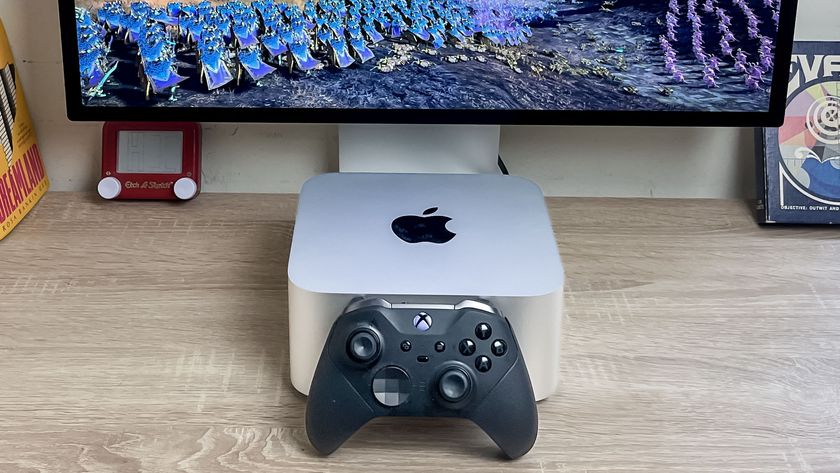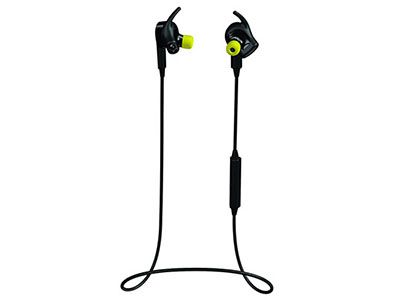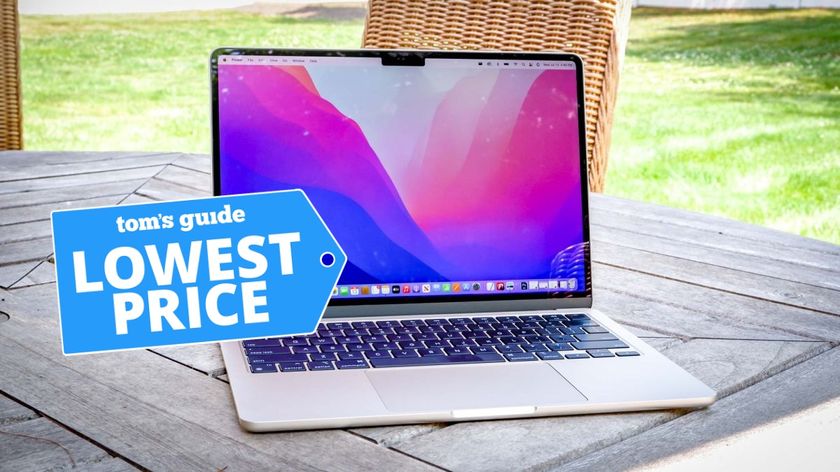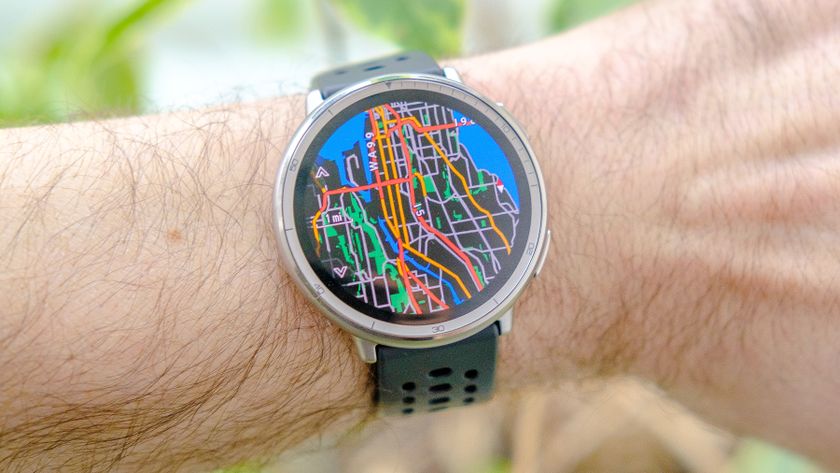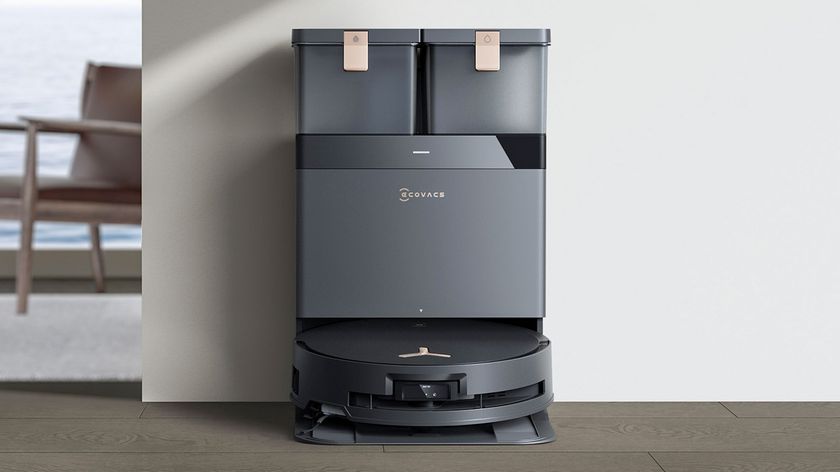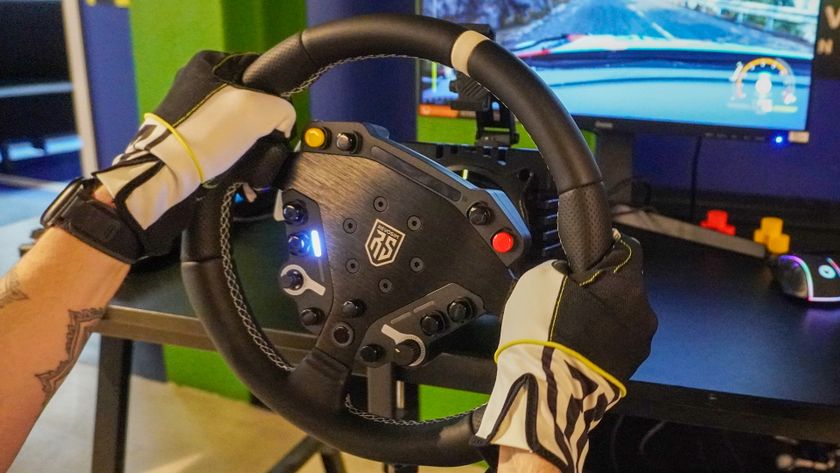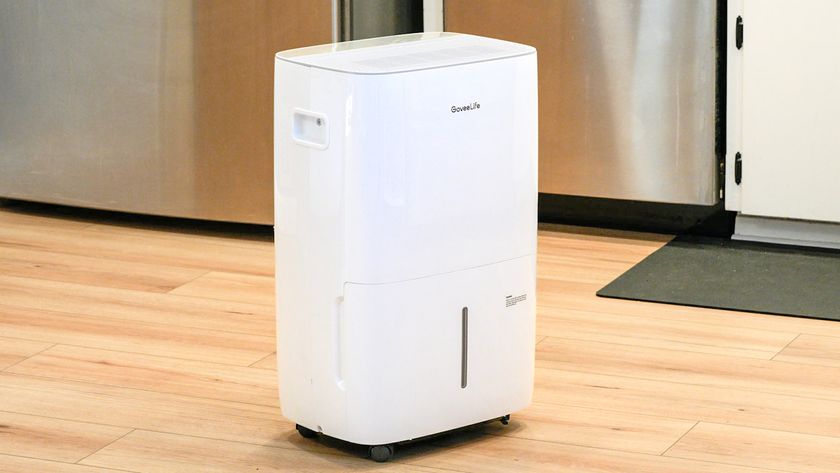Tom's Guide Verdict
The Jabra Sport Pulse earbuds provide great sound quality in a convenient wireless design, but its heart rate monitor isn't the most accurate.
Pros
- +
Comfortable, stylish design
- +
Great overall audio quality
- +
Connects to many third-party apps
Cons
- -
Heart rate monitor isn't accurate
- -
Requires charging
Why you can trust Tom's Guide
Jabra wants its Sport Pulse earbuds to be your workout companion. The buds feature an embedded continuous heart rate monitor, which checks your pulse as you work out, and the buds' convenient wireless design makes them easy to wear in and out of the gym. All of that is in addition to Jabra's signature sound quality -- but can these earbuds keep up even through your toughest workouts?
Design
Known for its edgy yet comfortable designs, Jabra doesn't disappoint with the Sport Pulse wireless earbuds. The buds themselves are shaped in curious rounded rectangles that mimic the contours of your inner ear, along with an ear wing for more stability. Bright neon-yellow ear gels stick out against the otherwise black matte design, and they help hold the earbuds in your ear securely and comfortably.
Jabra's Pulse is similar to the design of the SMS Audio BioSport earbuds, which also house a heart rate monitor, but Jabra's are less angular and clunky.
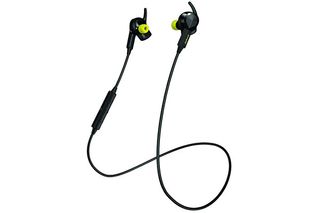
On the left earbud is a power button that controls the heart rate monitor. The rest of the buttons are on the inline remote: You can control the volume of your music using the rocker, and the middle Multi Function button lets you perform a slew of other tasks, including pairing the earbuds to the Jabra Sport app, starting and stopping music, and answering calls.
A micro USB charging port is hidden under the ear wing cover of the right bud. Charging is the only time the Sport Pulse earbuds have to be tied down – otherwise they basically live around your neck, thanks to their wireless construction. After workouts, it was easy for me to simply take the buds out of my ears and have the wire connecting them drape around the back of my neck.
MORE: Best Fitness Trackers
Comfort and Fit
Similar to the SMS Audio BioSport earbuds ($149), the Jabra Sport Pulse earbuds come with ear inserts and wings in four different sizes, so you can play around and find the one that fits best for you.
I tried all of the inserts and settled on the large size, and found them comfortable to wear in and out of workout sessions. The buds completely seal out noise, making them extra secure in your ear and more comfortable than the shaky BioSports.
Heart Rate Monitor
Inside the left earbud is a continuous heart rate monitor by Valencell PerformTek Biometrics. With the heart rate sensor on, you can open the Jabra Sport app and the earbuds will automatically search for a pulse. Most of the time, the earbuds captured my pulse within 15 seconds.
To monitor my heart rate during my workouts, the earbuds would dictate certain stats in my ears, including heart rate, distance and pace. If I was curious, I could also watch the readings change in real-time in the Jabra app.
While the Jabra earbuds were quick to detect my heart rate, they were not always accurate. Measurements were all over the place when I was working out on a Star Trac elliptical machine. Only twice were the earbuds able to match the machine's readings, with its measurements being just 3 bpm above or below those of the elliptical.

However, during strenuous parts of my workout, the Jabra monitor detected my heart rate at 111 bpm when the elliptical had me at 153 bpm. Compared with the Intel heart rate monitor in the SMS Audio BioSport earbuds, which was always within 1 bpm of Star Trac's measurements, this is a huge disparity.
During the same period, my Magellan Soft Strap heart rate monitor hovered within 5 bpm of the elliptical's reading, which still isn't close to the Sport Pulse's measurements. It didn't get better as I sped up and worked harder; my heart rate readings on Jabra's app slowly yet steadily fell.
We spoke to Jabra about this issue, and a representative told us that the size and fit of the ear insert makes a big difference in heart rate accuracy. However, despite trying all of the ear inserts, we didn't experience better performance.
Jabra Sport App
The Jabra Sport Pulse wireless earbuds work with the Jabra Sport app for Android and iOS devices, and you can sync your heart rate data to other popular apps such as Endomodo, RunKeeper, MapMyFitness and Strava. The home page of Jabra Sport is fairly self-explanatory: you can choose an activity from a list, including running, walking, cycling, skiing and skating, and then set how you want the app to track your progress.
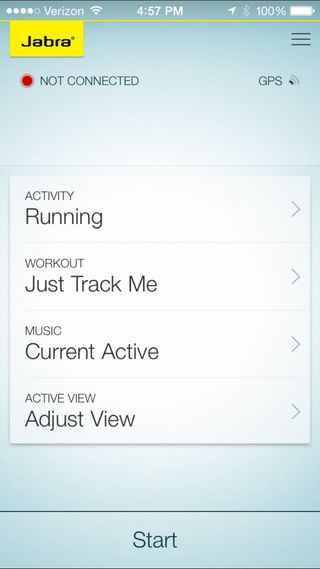
The Just Track Me option will monitor duration, heart rate, distance, calories, and even pace and speed if you're outside and using the GPS on your smartphone to track your location. If you're going for a more targeted approach, you can also set a goal you want to achieve, or opt for the heart rate or interval training, and the app will guide you through those using its voice updates.These updates, which come in the form of an English woman's voice, permeate every workout, automatically lowering your music to give you brief reminders of your calories burned, distance traveled, current heart rate and more.
From the app's menu, you can choose where you want your music feed to come from (it defaults to iTunes, but I quickly changed it to "Current Active," which let me stream Spotify and Google Play easily). You can also see your past workouts and achievements.
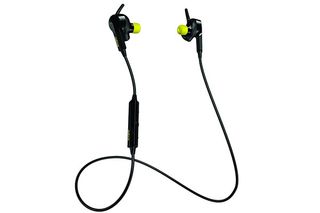
I really appreciated the Fitness Tests page, which gives you three tests you can take to measure endurance capabilities, resting heart rate, and if you are over-training. I would recommend doing the resting heart rate test as soon as you fire up the Jabra Sport app, because knowing your resting heart rate will help you assess your pulse measurements as you exercise and push your body.
MORE: The Best Headphones Available Now
Audio Quality
The Sport Pulse earbuds hugged my head with a nearly impervious bubble of sound. On my subway ride home, I nearly missed my stop because the sound drowned out the conductor's station announcement, and I was too busy zoning out to Fall Out Boy's "Fourth of July."

If the horns in Flo Rida's "How I Feel" from these earbuds don't get you pumped to run just a little bit faster, nothing will. They came through the Sport Pulse earbuds clear and strong, even with the booming bass and the rapper's rapid-fire lyrics spinning at the same time.
Listening to Train's "I Will Remember" with these buds is the closest you could get to hearing Train live in a pair of headphones. The pianos were beautiful and balanced, and I felt like the drums were punching me from the inside of my head -- in a good way.
"Drops of Jupiter" sounded glorious, from Pat Monahan's powerful yet slightly raspy vocals, the growing, quivering violins and the soulful piano. Overall, I preferred the consistent sound quality of the Sport Pulse to that of the SMS Audio BioSport earbuds, which varied depending on genre.

Jabra also added noise reduction for making calls, meaning any background noise on your end will not be transferred to whomever you call. I called my mom many times and she raved about how loud and clear my voice came through, while the hustle and bustle of city life around me was lost.
Battery Life
Jabra promises 5 hours of battery life on a single charge with the Sport Pulse wireless earbuds, and I found this to be accurate. That was more than enough time to take me through my evening workout, my commute home from work and my morning workout the next day. The Jabra Sport app has a battery indicator on the home page, showing you how many hours you have left before the earbuds will need more juice.
As the SMS Audio BioSport earbuds are wired, they don't require charging at all.
Bottom Line
The Jabra Sport Pulse earbuds prove that the company remains an audio master, but this product misses the mark with its fitness tracking. Listening to music while working out is a wonderful experience with these earbuds, but the heart rate monitor wasn't accurate enough.
If you're going to shell out the money for earbuds that pull double duty as a heart rate monitor, I'd recommend the SMS Audio BioSport earbuds over the Jabra Sport Pulse. While not as good when it comes to the audio, the BioSports' heart rate monitor is more reliable.
Follow Valentina Palladino at@valentinalucia. Follow Tom's Guide at @tomsguide and on Facebook.
Valentina is Commerce Editor at Engadget and has covered consumer electronics for a number of publications including Tom's Guide, Wired, Laptop Mag and Ars Technica, with a particular focus on wearables, PCs and other mobile tech.
